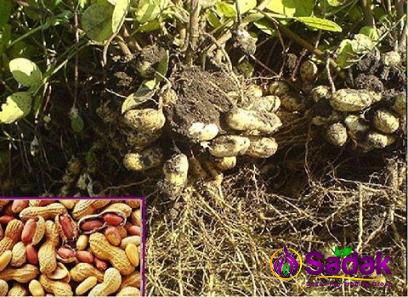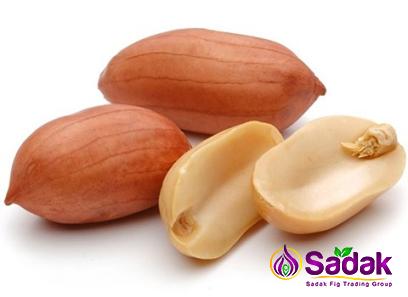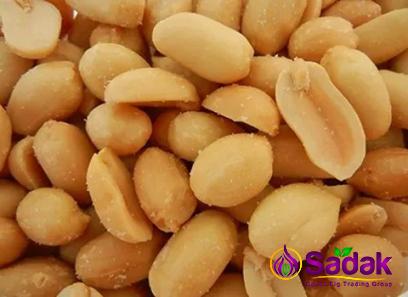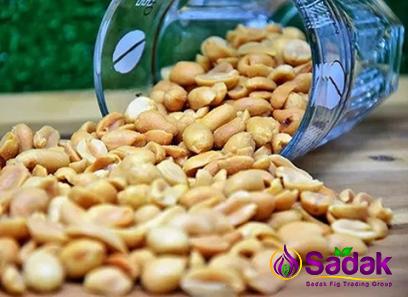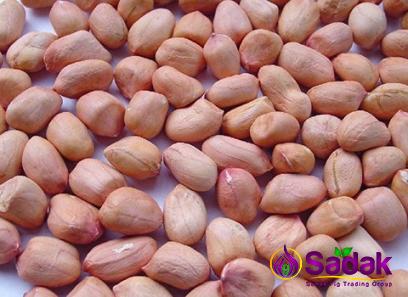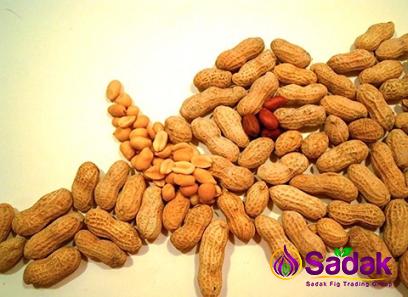The cashew nut industry plays a vital role in both the agricultural and economic landscape across the globe. Cashews are highly sought-after for their nutty flavor, versatile application in various cuisines, and health benefits. This article explores the cashew nut industry, providing a comprehensive summary of its production, market trends, and global impact.
I. Production Overview:
1.1 Global Distribution: Cashew trees (Anacardium occidentale) are native to Brazil but have been cultivated in several regions worldwide. The leading cashew nut producers include Nigeria, India, Vietnam, Côte d’Ivoire, and Brazil, among others.
1.2 Cultivation Process: Cashew nuts grow on trees that thrive in tropical climates. The cultivation process involves planting seeds, grafting, proper irrigation, pest control, and harvesting. Cashew nut trees require specific agro-climatic conditions, making their cultivation geographically limited.
1.3 Processing: After harvesting, the cashew nuts undergo various processes, such as drying, shelling, peeling, grading, and packaging, before reaching consumers. These processing steps ensure that the nuts meet global quality standards and maintain their nutritional value.
II. Market Trends and Global Trade:
2.1 Consumption Trends: Cashew nuts have gained immense popularity worldwide, driven by their taste, nutritional profile, and diverse culinary applications. The rising demand for healthier snack options and plant-based protein sources has further boosted the consumption of cashews.
2.2 Major Exporters and Importers: The global cashew nut trade is dominated by countries like Vietnam, India, Brazil, and Ivory Coast, which are the largest exporters. These countries mainly cater to the rising demand in North America, Europe, and Asia, with the United States being the largest cashew nut importer.
2.3 Fluctuating Prices: The prices of cashew nuts are subject to various factors, including supply and demand dynamics, climatic conditions impacting crop yields, currency fluctuations, and transportation costs. The price volatility poses challenges for both producers and consumers, affecting profitability and market stability.
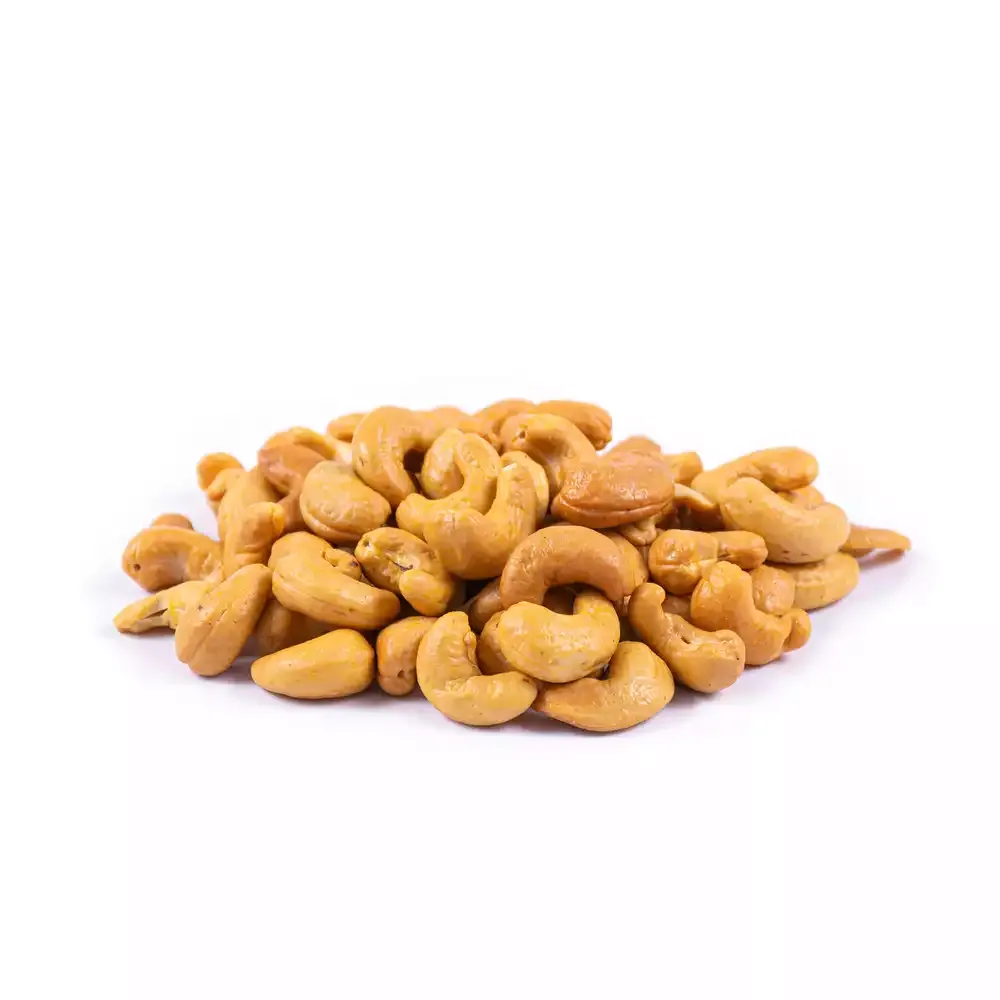
III. Economic Impact:
3.1 Employment and Income Generation: The cashew nut industry plays a significant role in creating employment and generating income for millions of people, particularly in developing countries. Cashew cultivation, processing, and trade provide opportunities for farmers, laborers, small-scale entrepreneurs, and other stakeholders along the value chain.
3.2 Rural Development: Cashew cultivation often takes place in rural areas, contributing to the development of these communities. The income generated from cashew farming helps improve the standard of living, promotes access to education and healthcare, and boosts local economies.
3.3 Export Earnings: For cashew-producing countries, cashew nut exports contribute significantly to their foreign exchange earnings. These exports enhance trade balance and support economic growth, providing revenue for infrastructure development, agricultural diversification, and poverty alleviation programs.
IV. Environmental Considerations and Sustainability:
4.1 Biodiversity Preservation: Cashew farming can positively impact biodiversity by promoting mixed cropping systems, agroforestry, and sustainable land management practices. Planting cashew trees alongside other crops can enhance soil fertility, prevent erosion, and support a more balanced ecosystem.
4.2 Water Resource Management: Cashew cultivation requires adequate water supply for optimal growth and productivity. Implementing sustainable water management practices, such as efficient irrigation techniques or rainwater harvesting, is crucial to prevent water scarcity and promote long-term sustainability.
4.3 Social Responsibility and Fair Trade: The cashew industry is increasingly focusing on sustainable and ethical practices, including fair trade initiatives, to ensure farmers receive fair compensation. These efforts help improve the livelihoods of cashew farmers, promote social equity, and ensure a transparent supply chain.
Conclusion:
The cashew nut industry is a significant player in the global agricultural and economic sectors. Its production, consumption, and trade trends have a profound impact on various stakeholders, from farmers and laborers to consumers and international markets. Promoting sustainable practices, supporting fair trade initiatives, and ensuring the economic viability of cashew-producing regions are vital for long-term industry growth and its positive global impact.I. Demand Drivers and Consumer Preferences:

The demand for cashew nuts has witnessed significant growth in recent years, driven by several key factors. Firstly, the increasing consumer preference for healthy and natural snack options has fueled the demand for cashews due to their nutritional profile, including healthy fats, proteins, and dietary fiber. Additionally, cashews are a rich source of vitamins and minerals, making them a popular choice among health-conscious consumers.
Furthermore, cashews have found their place in various cuisines worldwide, adding flavor, texture, and nutritional value to dishes. The rising popularity of vegetarian and vegan diets has also contributed to the increased consumption of cashew nuts as a plant-based protein source and alternative to dairy products.
II. Product Innovations and Market Expansion:
The cashew nut industry has witnessed product innovations and market expansion to cater to changing consumer preferences. One notable development is the introduction of flavored cashews, such as salted, roasted, honey-glazed, and spicy varieties. These flavored options have further diversified the product range and appeal to a wider consumer base.
Moreover, the market has seen the emergence of value-added cashew products, including cashew butter, cashew milk, and cashew-based dairy alternatives. These innovations cater to consumers with specific dietary requirements, including those who are lactose intolerant or following a plant-based diet.
III. Sustainable Sourcing and Ethical Practices:
The cashew nut industry has recognized the importance of sustainable sourcing and ethical practices to meet the expectations of socially conscious consumers. Stakeholders in the industry are increasingly adopting sustainable agricultural practices and responsible sourcing methods to protect the environment, promote biodiversity, and safeguard the welfare of farmers and laborers.
Certifications such as Fairtrade and Organic play a crucial role in ensuring fair prices for farmers, sufficient labor conditions, and environmental sustainability. By adhering to these certifications, companies and producers can differentiate themselves in the market, appeal to socially conscious consumers, and contribute to the overall sustainability of the industry.
IV. Trade Policies and Global Market Dynamics:
Trade policies and global market dynamics have a significant impact on the cashew nut industry. Tariffs, import/export regulations, and government policies directly influence the flow of cashew nuts across borders. For example, changes in tariff rates can affect the competitiveness of cashew nut exporters, making it crucial for businesses to stay updated on trade agreements and market conditions.

Additionally, geopolitical factors, exchange rates, and global economic trends can impact the demand and supply of cashew nuts. Volatility in currency exchange rates may affect the profitability of exporting countries, while changes in consumer preferences or shifts in income levels can influence market demand.
V. Challenges and Opportunities:
While the cashew nut industry presents numerous opportunities, it also faces various challenges. One significant challenge is climate change, which affects cashew cultivation and production. Extreme weather events, such as droughts and floods, can damage cashew crops and reduce yields, impacting both farmers and overall industry supply.
Additionally, price volatility poses challenges for both producers and consumers. Fluctuating prices make it challenging for producers to plan investments effectively, while consumers may experience price fluctuations and changes in affordability. Mitigating price volatility and ensuring market stability remain essential for long-term growth and sustainability in the industry.
However, there are also opportunities for growth in the cashew nut industry. Increasing consumer awareness about the health benefits of cashews and the growing demand for sustainably sourced products provide avenues for market expansion. Furthermore, technological advancements in processing and packaging can improve efficiency and product quality, creating opportunities for innovation and differentiation within the industry.
VI. Future Outlook and Emerging Markets:
The future outlook for the cashew nut industry appears promising, with analysts projecting steady growth in demand. Emerging markets, such as China and India, offer significant potential for market expansion due to rising disposable incomes and changing consumer preferences.
Moreover, there is a growing trend of cashews being used in the foodservice industry, including restaurants and cafes, as a versatile ingredient in various culinary applications. This trend further boosts the demand for cashew nuts and opens up new avenues for business growth and product diversification.
Conclusion:
The cashew nut industry continues to thrive due to increased consumer demand, product innovations, and sustainable practices. The industry’s impact extends beyond economic contributions, with social and environmental benefits being realized through job creation, rural development, and biodiversity preservation.

Moving forward, businesses in the cashew nut industry should focus on responsible sourcing, product diversification, and staying abreast of trade policies and market dynamics. By capitalizing on emerging markets, addressing sustainability challenges, and meeting evolving consumer preferences, the industry can sustain its growth trajectory while promoting a positive global impact.


